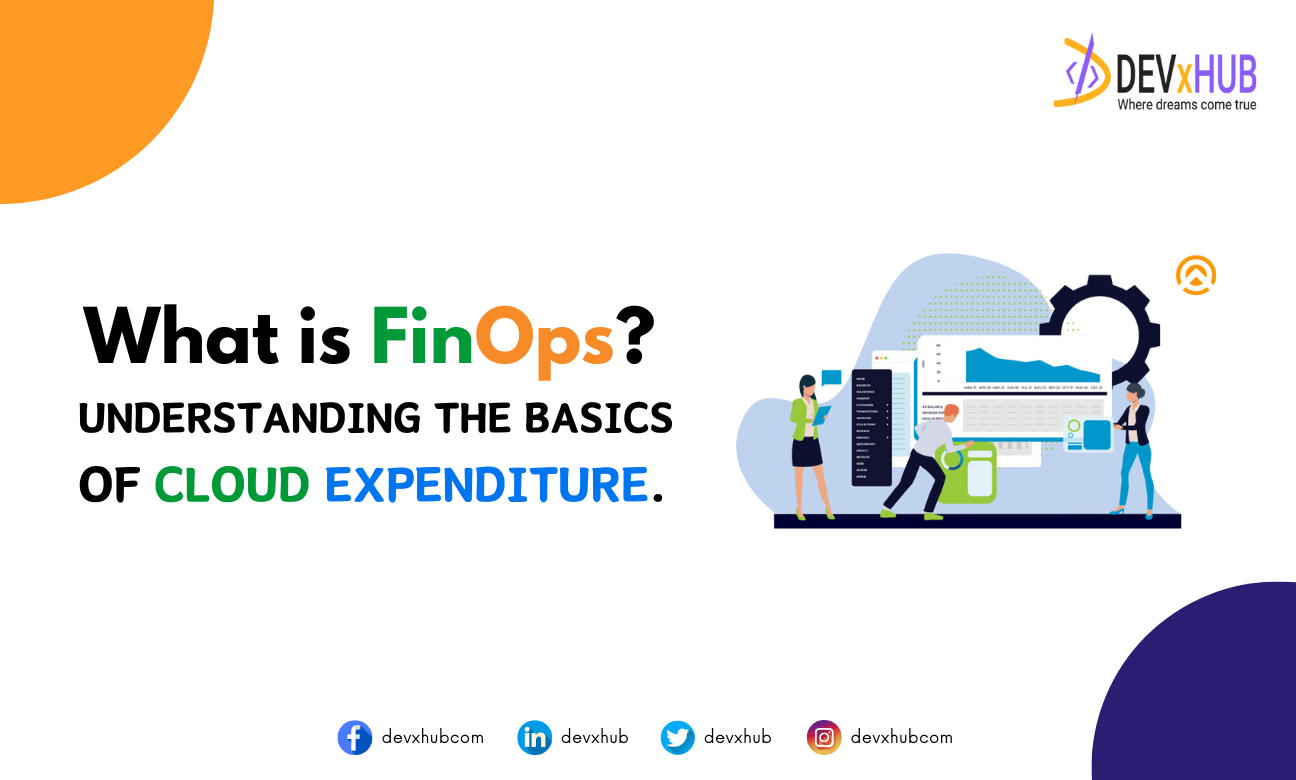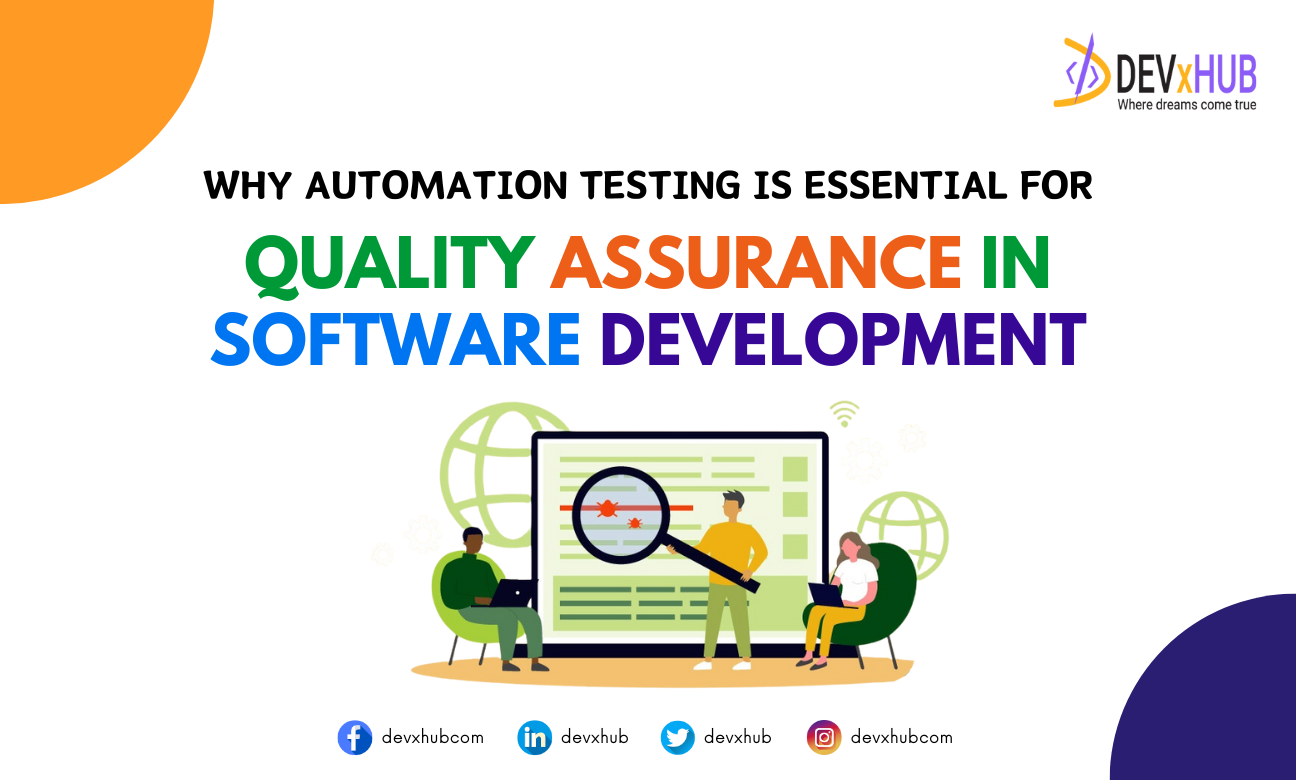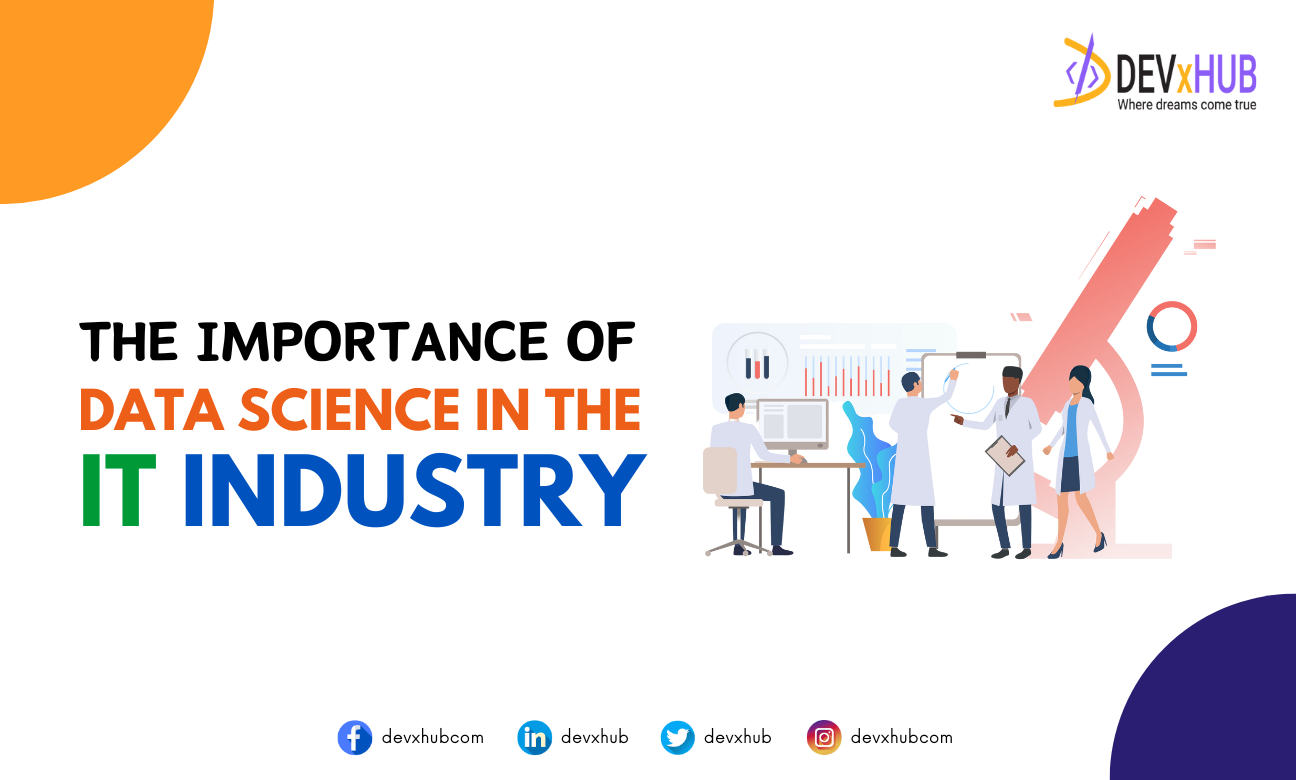Blog - What is FinOps? Understanding the Basics of Cloud Expenditure.

Every business confronts the delicate balance of advancing its software and technology development while also managing costs effectively. This is where FinOps steps in.
Did you know that according to Gartner, by 2024, 80% of companies will exceed their cloud IaaS budgets due to a lack of cost optimization strategies? This highlights the critical importance of FinOps—a practice that has saved companies millions by optimizing cloud costs while fostering innovation.
FinOps is particularly valuable in guiding businesses toward innovative yet financially sustainable paths. It's no wonder that it's gaining traction, even among organizations already embarked on their cloud migration journeys. McKinsey reports that some organizations have slashed their cloud costs by up to 30% through FinOps principles, without impeding progress or continuous improvement.
- Can you consistently anticipate and explain fluctuations in your Kubernetes or other cloud services bill, avoiding unexplained spikes like a sudden 40% increase?
- Is your engineering team fully cognizant of the financial ramifications of their cloud deployments?
- Are you effectively balancing innovation with cloud cost management to seize optimization and growth opportunities without sacrificing efficiency?
If you answered 'No' to any of the questions above, this article is tailor-made for you. While navigating the complexities of cloud costs can be daunting, it need not hinder your organization's innovation and growth. Read on to explore how embracing FinOps practices can revolutionize your approach to cloud cost management, ensuring efficiency, scalability, and alignment with your business goals. This is your roadmap for turning potential cost challenges into strategic advantages.
This blog delves into the essence of FinOps, dissecting its workings and elucidating its multifaceted benefits for your business.
What is FinOps
FinOps embodies a cultural philosophy centered around cloud efficiency and cost-effectiveness. It merges finance and DevOps, striving to facilitate data-driven decision-making, extract optimal business value from the cloud, and enhance financial oversight across finance and engineering teams alike.
Phases of FinOps Integration
The principles of FinOps unfold across three essential phases, each dedicated to maximizing efficiency and cost control through the utilization of cost management solutions and automation technology:
Inform
The initial step involves gaining comprehensive visibility into existing costs and expenditures. Given the 24/7 nature of cloud platforms, where usage is billed hourly or even by the second, there's ample opportunity for unexpected cost escalations. Only by obtaining a complete understanding of who is utilizing resources and where costs are escalating can informed decisions be made regarding future cost allocations, budgets, and forecasts.
Optimize
Armed with these insights, the subsequent focus lies on maximizing the return on cloud investment without compromising system performance, user experience, or innovation pace. This entails activities such as right-sizing cloud resources to match workloads, minimizing the use of idle resources post-task completion, and capitalizing on available discounts and offers on cloud resources.
Operate
While the 'optimize' phase establishes effective cost control, the 'operate' phase ensures its continuity. Here, all relevant stakeholders collaborate to ensure that cloud objectives are met within defined cost parameters. For instance, engineering and finance teams collaborate to prevent the overspending tendencies often observed in cloud-based engineering and development endeavors.
Fundamental Principles of FinOps
So, how does FinOps function in intricate detail? There are six core principles that serve as a solid foundation, offering a starting point for understanding. However, along the FinOps journey, certain principles may require more emphasis or refinement, tailored to specific business needs:
1. Accountability
FinOps isn't about a single individual overseeing everything and dictating investments. It thrives on shared responsibility and ownership among all stakeholders. Ideally, every participant should take ownership of their cloud usage and budget, actively contributing to strategies aimed at identifying and eliminating any wasteful spending or cloud resource utilization.
2. Centralized Control
Effective oversight entails establishing a centralized, cross-functional team comprising various roles from engineering, finance, IT, and other areas of the business. Together, they can decide on the adoption of FinOps, strategize changes to enhance performance, and ensure adherence to proper processes across the board.
3. Collaboration
The success of FinOps hinges on unified efforts from all involved parties. It's crucial for stakeholders to collaborate closely, communicate regularly, and dismantle any silos that may impede cooperation. Collective collaboration ensures informed decisions regarding cloud cost savings, taking into account all facets of the business and exploring options from diverse perspectives.
4. Reporting
To enable the centralized control team to make informed decisions and ensure practitioners adhere to FinOps principles, access to timely, accurate data is imperative. Digestible reports, particularly accessible to developers and engineers—often the major consumers of cloud resources—are essential for understanding spending patterns and identifying areas for cost optimization.
5. Organizational Decision-Making
These principles contribute to ongoing contextual business decisions. Cloud usage and costs are comprehensively understood and aligned with broader business objectives. This ensures that decisions to scale cloud resources—whether up or down—aim to enhance cost efficiency without compromising operational effectiveness.
6. Cost Transparency and Adaptability
Cloud resource costs are subject to frequent changes due to various factors such as new pricing plans, evolving business requirements, and vendor incentives. FinOps and its decision-making processes facilitate agile adaptation to these changes, constantly optimizing costs to maximize efficiency and adapt to future challenges.
Exploring the Benefits of FinOps
When implemented effectively, FinOps offers extensive benefits that permeate throughout a business, bolstering people, processes, and technology while positively impacting the bottom line:
1. Cost Efficiencies
The foremost advantage of embracing FinOps lies in cost savings. In a fiercely competitive landscape for technology and development, the impact on the bottom line cannot be overstated. FinOps has the potential to identify and eliminate significant waste and inefficiencies, resulting in substantial savings that can either bolster the bottom line or be reinvested into other areas of development or innovation requiring additional support. Notably, successful cases have demonstrated cloud cost reductions of up to 67%.
2. Optimizing AI Investments with FinOps
Despite the rapid advancements in AI, FinOps.org highlights that less than a third of practitioners systematically manage AI and machine learning costs. This underscores the considerable room for improvement and the potential for FinOps to deliver substantial value in this domain. By incorporating AI costs within the FinOps framework, organizations can ensure their investments in AI are both pioneering and financially sustainable.
3. Cross-Collaboration
FinOps' collaborative approach facilitates the gradual integration of additional teams and departments. Notably, integrating sustainability into FinOps is crucial, given the environmental impact of cloud computing. With less than 20% of FinOps teams worldwide collaborating with sustainability teams currently, there are ample opportunities to innovate with a FinOps strategy that considers both cost and environmental factors.
4. Organizational Trust
The collaboration and reporting fostered by FinOps promote transparency and trust across the organization. Clear visibility into expenditures fosters an understanding of each team's contributions to overall success and productivity. This transparency facilitates informed and rational discussions between teams, ensuring equitable treatment and fostering mutual trust.
5. Scalability and Growth
Cloud FinOps streamlines scalability and supports business growth in an industry where consistent profitability can be challenging. It enables businesses to scale their cloud requirements according to their financial situation and development priorities, aligning cloud computing with long-term growth plans and ensuring seamless integration with the organization's broader needs. In essence, FinOps ensures that cloud services always complement the organization's overarching objectives.
Conclusion
FinOps emerges as a vital framework for organizations seeking to navigate the complexities of cloud expenditure while driving innovation and maximizing efficiency. As businesses strive to advance their software and technology development within budgetary constraints, FinOps provides a strategic approach to optimize cloud costs and foster sustainable growth.
By embracing FinOps principles, businesses can gain comprehensive visibility into their cloud expenditure, make informed decisions, and align investments with strategic objectives. The collaborative nature of FinOps encourages cross-departmental cooperation, promotes transparency, and fosters trust within the organization. Moreover, FinOps empowers businesses to adapt to evolving cloud landscapes, optimize AI investments, and integrate sustainability considerations into their cloud strategies.
Ultimately, the benefits of FinOps extend beyond cost savings to encompass enhanced organizational agility, scalability, and competitiveness. By adopting FinOps practices, businesses can transform their approach to cloud expenditure management, ensuring alignment with business goals and driving long-term success in an increasingly digital world.










